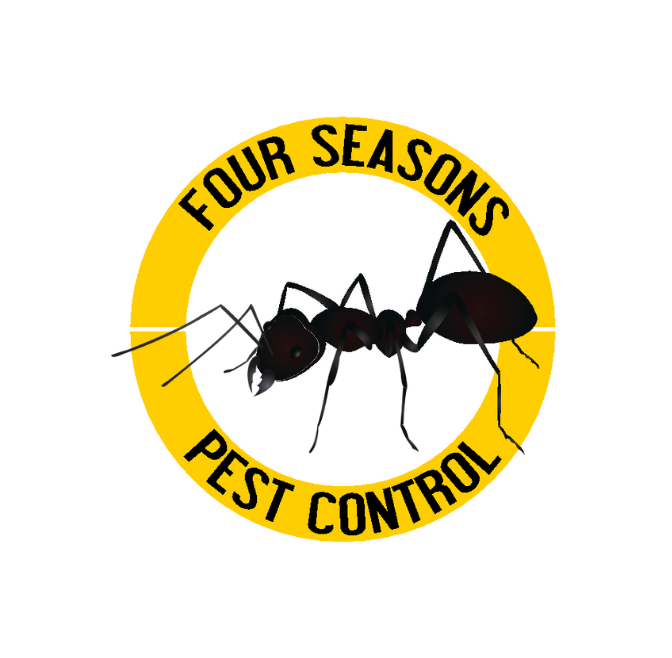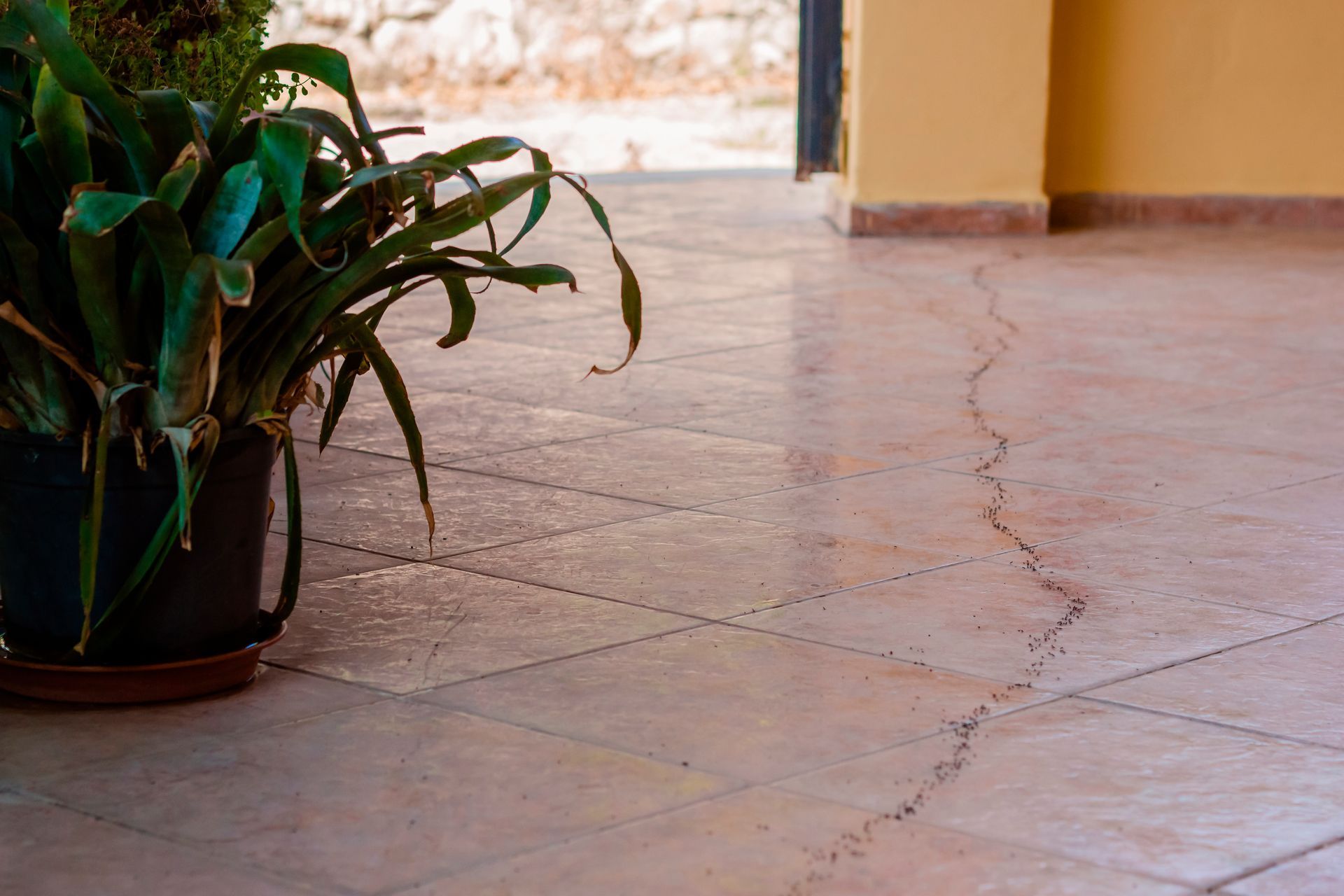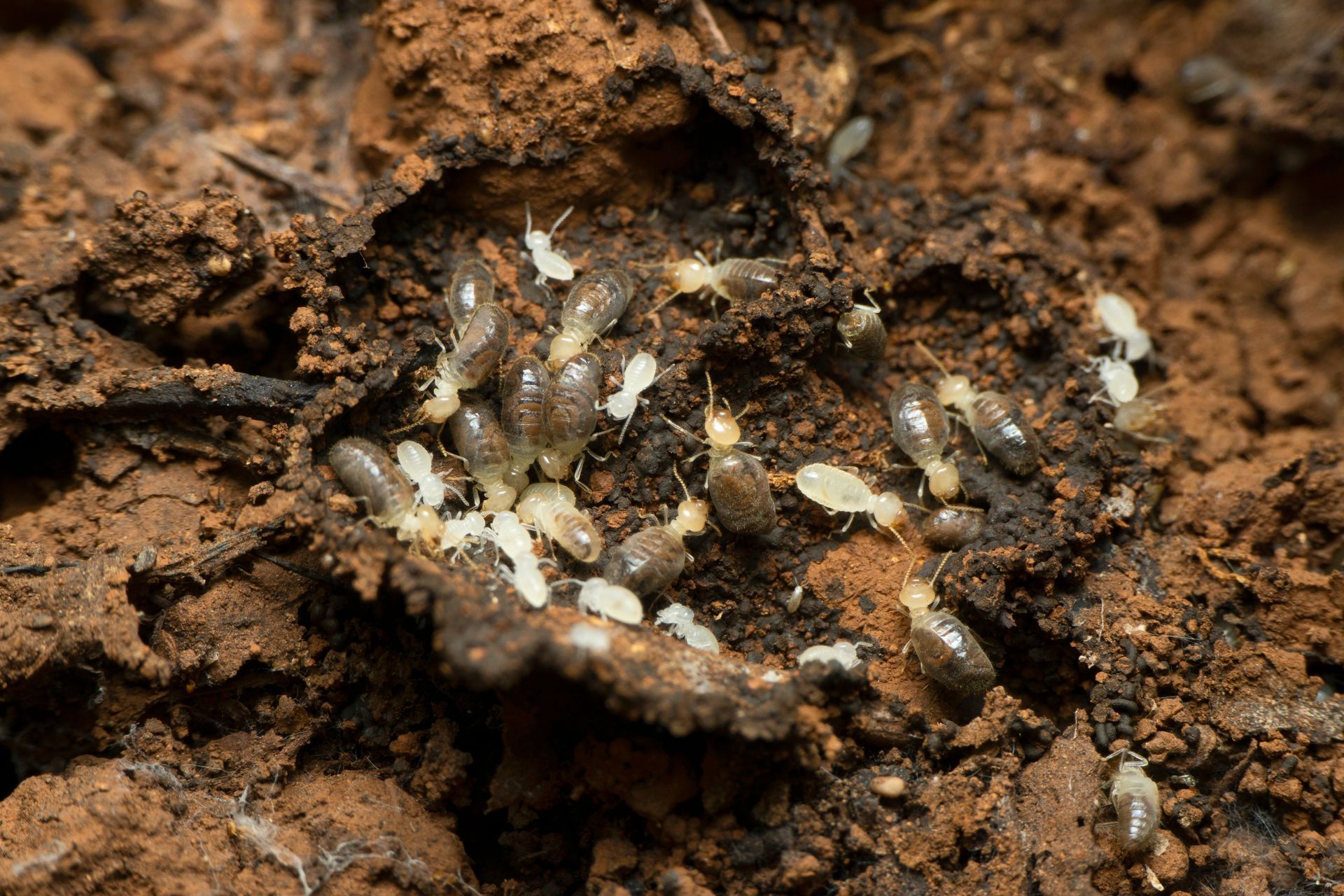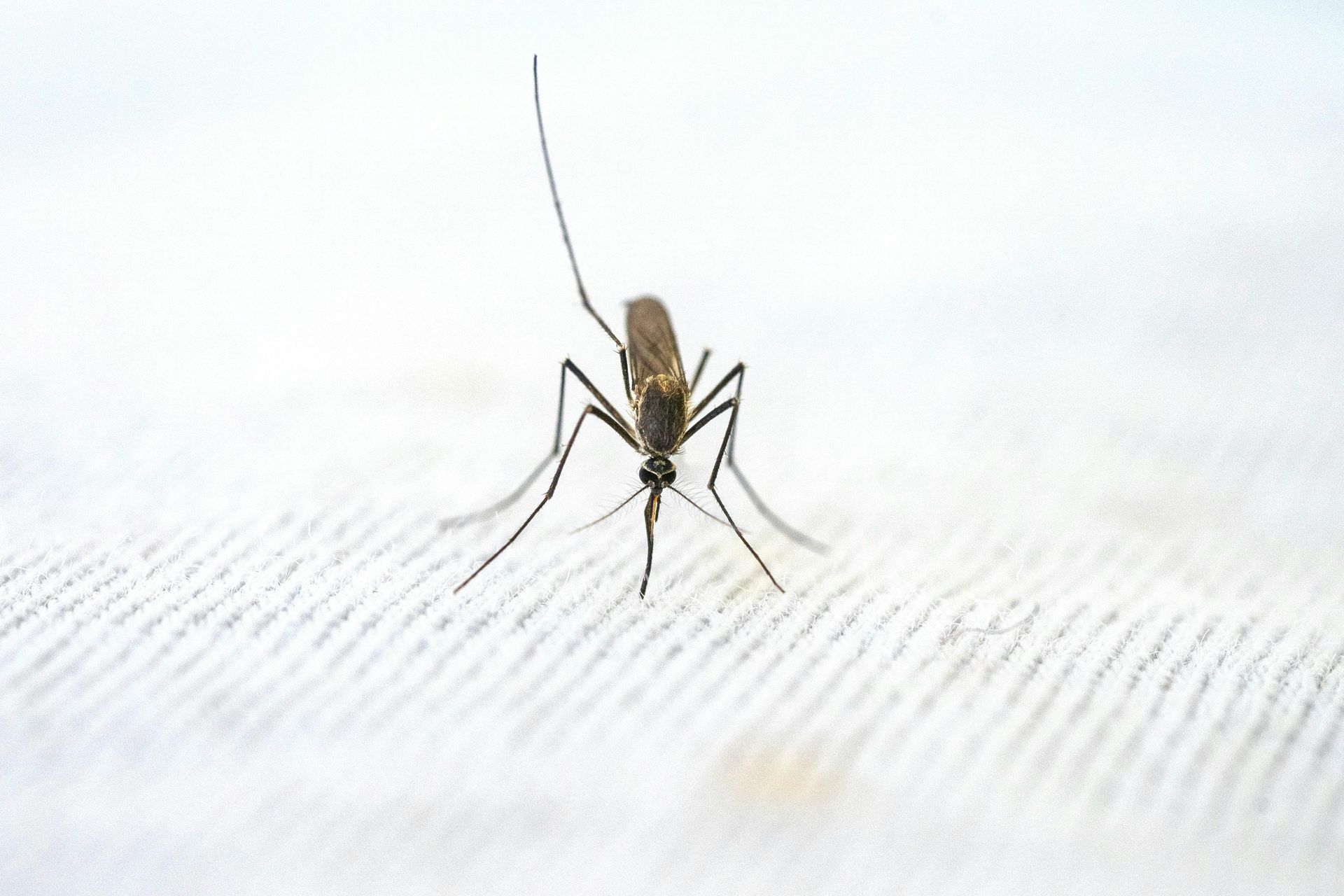A Guide to Common Bees in Our Area
Hey there, pest friends! We’re back today to cover the different types of bees common in our region. We will also give you some key characteristics to help identify different types of bees you may come across.
Bees live in two different types of social structures: social and solitary. We see both types here in our area. With this overview, we hope to help you identify the next bee you see.
Knowing the types of bees helps us decide what to do before sending one of our technicians your way.
Nesting sites are typically built wherever the bees will spend most of their lives. That may be close to flowering plants where they will collect pollen and nectar or in wooden structures where they will develop into adults.
Social Bees
Social bees live in large colonies, usually with a single reproductive female known as the queen bee. The colonies are highly organized, with each bee having a specific job to do for the greater good of the group. This category of bees divides the labor of maintaining the hive, producing the offspring, and raising offspring clearly.
Once the Queen has established a nest, she is solely responsible for laying eggs. The first generation of daughters will take over foraging and brood rearing.
Social bee species are expert builders. They create nests and hives out of wax they secrete from their own bodies. Each nest is designed for maximum efficiency in storage, brood rearing, and even defense.

Communication is crucial to maintaining order in large colonies of social bee types. Social bees use several means of communication, such as pheromones, dances, and vibrations.
Different Social Bee Types We See
Honeybees:
The most important organism on our planet is the honeybee. As a pest control company, we will not exterminate honeybee nests. When we’re called to a honeybee colony, we call local beekeepers to move the nest safely to a better place.
Identification:
.
Size: ½” to 1 ¾”
Color:
Striped pattern on bodies. Alternating bands of yellow, brown, or black.
Body:
Their heads are relatively large, with compound eyes, simple eyes (ocelli), and antennae. The thorax has two pairs of wings and six jointed legs to collect pollen. The abdomen is long and contains vital organs and, in females, the stinger. Honeybees look fuzzy because of the dense hairs that help them collect pollen and regulate their body temperature.
Pollen Collection:
The hind legs of honeybees have a smooth upper region circled by a ring of hairs known as the pollen basket. When the pollen basket is full, it may look like the bee is carrying a yellow pellet.
Active Period:
Honeybees are active all year round but are most active in June.
Bumblebees:
Bumblebees are one of the many bee varieties found in North America, and they have fascinating characteristics. Bumblebees will find nests in rodent burrows, birdhouses, and even patches of tall, thick grass.
Identification:
Size: ½” to 1” in length for workers, but the queen is larger.
Color:
Bumblebees are black with a yellow to ivory upper body.
Body:
Bumblebees are robust, with fuzzy bodies. The thorax is broad and round, with powerful flight muscles to keep their fat bodies in the air.
Pollen Collection:
Like honeybees, bumblebees have a pollen basket on their hind legs. Interestingly, bumblebees use “buzz pollination,” which means they use vibration to remove and collect pollen.
Active Period:
Bumblebees are active from March to December. They are most active during June, July, and August.
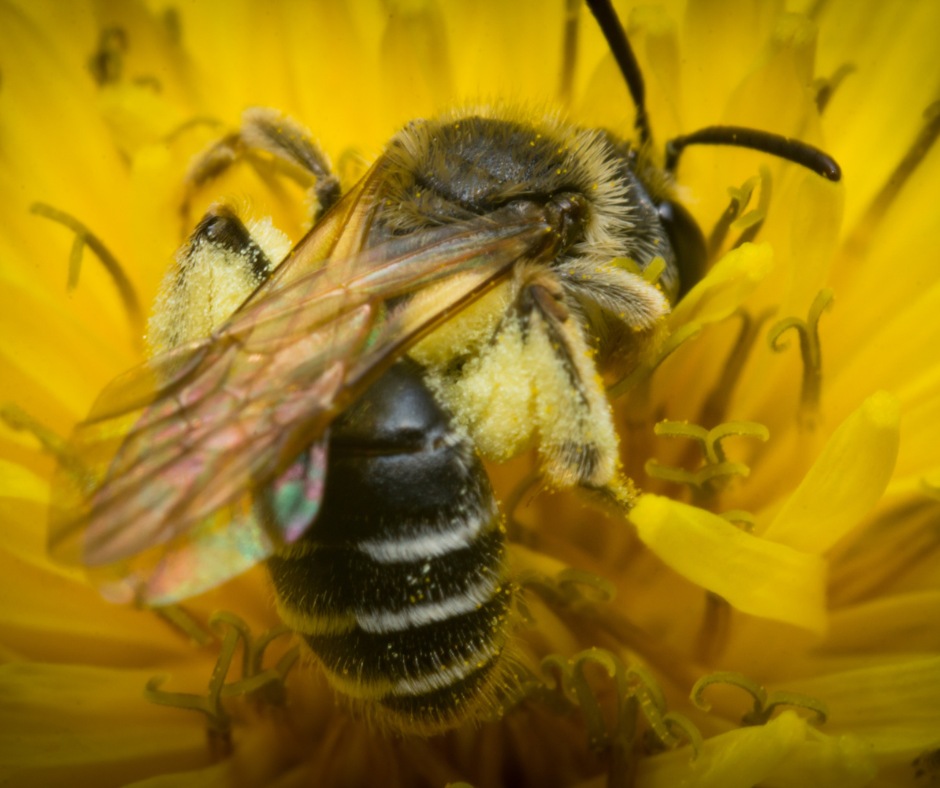
Sweat Bees:
Sweat bees are socially diverse within their nests. Because there are over 500 known species of sweat bees alone, it can be hard to identify them. Sweat bees don’t typically seek out humans to drink their sweat, but will sometimes because they are attracted to the salt.
Identification:
Size: Small to medium size bees, ½” on average.
Color:
These bees come in a wide variety of colors, including metallic blues and greens and sometimes black or brown.
Body: Sweat bees have a slender body and are typically pretty shiny. In comparison to their bodies, their antennae and wings are long. Fine hairs cover their body.
Pollen Collection:
Pollen is collected to feed their larvae. Instead of a pollen basket, Sweat bees have a dense patch of hair on their hind legs used to collect and hold pollen.
Active Period:
Sweat bees are active from March to December, with exceptionally active periods in June, July, and October.
Solitary Bees
Solitary bees are a diverse group of bees. Their solitary lifestyle gives them distinct characteristics and behaviors, unlike that of their social cousins. As the name suggests, these different species of bees spend their lives alone instead of in colonies.
The female bees are solely responsible for building their nests, laying their eggs, and providing a food source for the brood cells.
Depending on the type of bee, you may find its nest in soil, hollow plant stems, rock crevices, wooded boards, or even other insects abandoned burrows.
Solitary bees have a limited lifespan compared to social bees. Adults of this social type emerge in the spring or summer, mate, lay eggs, and die within a few weeks.
Different Kinds of Solitary Bees We See:
While there are numerous different kinds of bees that are solitary, today we are just going to identify two of the most common we see.
Carpenter Bees:
Carpenter bees are are also know to excavate, but instead of soil, they go for wood. They prefer soft, unpained, or weathered wood like dead branches, fence posts, or decks. Carpernter bee females chew distinct circular holes and tunnel inside to create galleries to lay eggs and store pollen.
Identification:
Size: Carpenter bees are large in size, averaging about 1”
Color:
These bees are often black or metallic blue-green. They have mostly hairless bodies with shiny exoskeletons. They may have yellow or white faces.
Body:
Carpenters bees are robust, with fat oval bodies. Their wings are translucent but may have a smoky appearance.
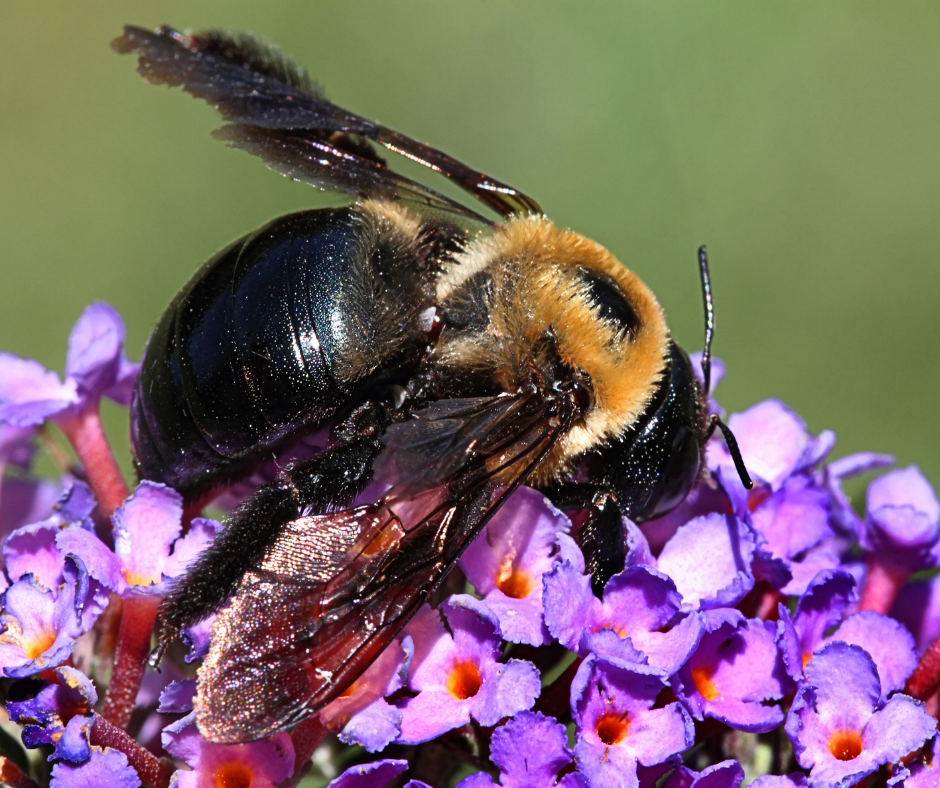
Pollen Collection: Like mining bees, pollen is the primary source of protein for these bees. Their hind legs are specifically designed for pollen collection. The hairs brush against the pollen on flowers and remain there until they’re back in the nest.
Active Period: Carpenter bees are active from March through October. You will see the most activity when the weather breaks from the cold of winter to the warmth of spring.
Mining Bees:
Mining bees are also known expert excavators. The female bee will dig tunnels and burrows, often in sandy and well-draining soil, to build chambers for laying eggs and storing nectar and pollen for their larvae. True to their solitary ways, these nesting habits are done all alone.
Identification:
Size: Small to medium size bees, ½” on average.
Color:
When trying to identify bees of this species, look for various shades of black, brown, or gray with bands or patches of color on their bodies.
Body:
Mining bees are slender and a bit fuzzy. Their bodies are elongated with well-defined segments.
Pollen Collection:
Pollen is the primary source of protein for these bees. Like other bees, the hind legs of Mining bees are specifically designed for pollen collection. The hairs brush against the pollen on flowers and remain there until they’re back in the nest.
Active Period:
Mining bees have a long active period from February to October. March, April, and May are the most active periods.
Conclusion:
With all the different bees, it would be nearly impossible for us to tell you how many types there are. Whether you see yellow bees, reddish bees, big bees, or small bees, we hope this guide on the most common different bee types in our area will help you. Remember, if you are ever in doubt about your bee ID, give us a call.
Bees are an important part of the world's ecological landscape. It is our responsibility to take the appropriate steps to protect our customers and the bees that make the world go round. The best thing to do when you encounter a bee nest is always to call a professional. Four Seasons Pest Control is always just a phone call away!



